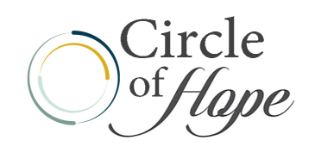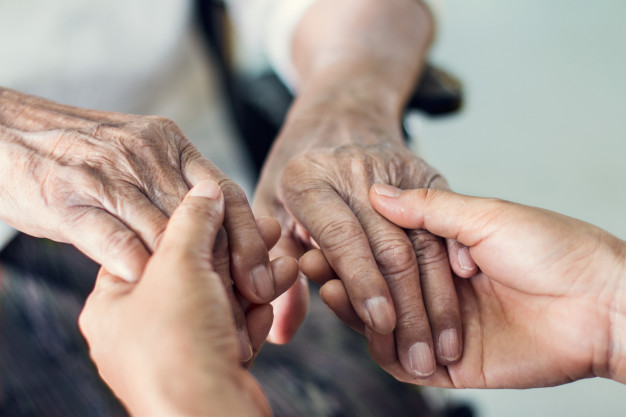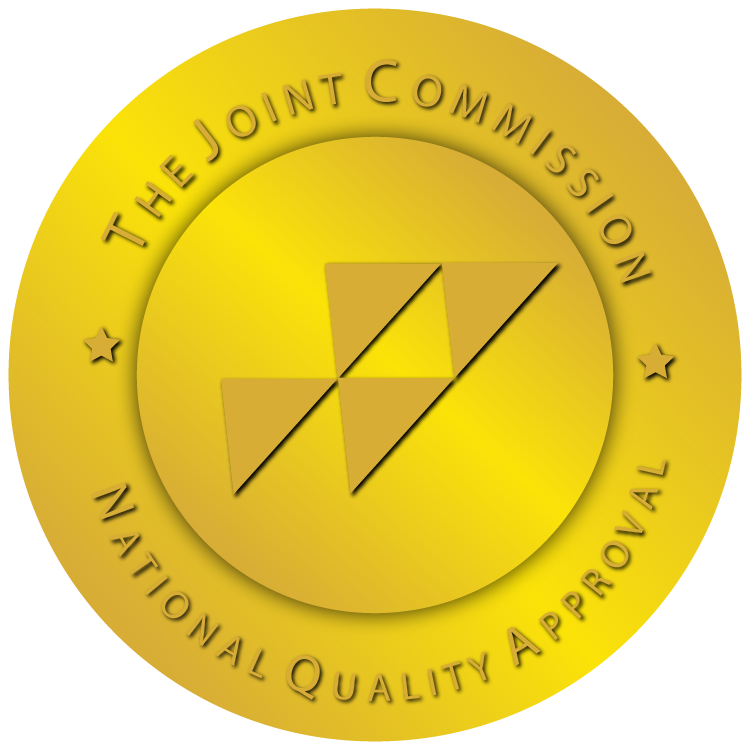Bipolar Disorder
Bipolar disorder is a mental illness that affects moods, activity, and energy levels; it is also sometimes called manic-depressive disorder. According to the National Institute of Mental Health (NIMH), around 2.6 percent of the American adult population suffers from bipolar disorder with 2.2 percent of the population classified as severe cases.
Those suffering from this disorder experience dramatic shifts in mood with periods of mania interspersed with periods of depression. These periods or episodes can last days or months at a time before shifting. In order to be diagnosed as bipolar, these episodes must be chronic and a significant change from a person’s typical behavior patterns. Bipolar disorder affects relationships, as well as work and school performance, and can inhibit daily life functions.
Types of Bipolar Disorder
The current Diagnostic and Statistical Manual of Mental Disorders (DSM-V) lists three main types of bipolar disorder: bipolar I, bipolar II, and cyclothymic disorder. Symptoms relating to bipolar disorder that do not meet the diagnostic criteria for either of these three forms are now categorized under the label “other specified bipolar and related disorders.”
Bipolar I disorder is classified by episodes of severe mania lasting at least seven days and often requiring hospitalization due to their severity. Manic episodes are characterized by periods of high energy, elevated moods, or irritability. Sometimes these episodes also include psychotic breaks with reality. Episodes of depression often follow these manic episodes and last at least two weeks at a time. Symptoms often prevent normal functioning and interfere with daily life tasks.
Someone suffering from bipolar II disorder spends more time depressed than in a manic state. An NIMH study in 2002 found that those suffering from bipolar II disorder spent about 50 percent of their time depressed as opposed to 1 percent in a hypomanic state. Major depressive episodes are characterized by extreme sadness, fatigue, and suicidal thoughts and behavior.
Bipolar II disorder also includes periods of hypomania, which is a less severe form of mania. Hypomania is indicated by euphoria, excitement, or irritability.
These hypomanic states do not generally affect someone’s ability to function and do not include psychotic episodes. To be diagnosed with bipolar II disorder, one must present with one major depressive episode as well as a hypomanic episode over a four-day period.
The third type is called cyclothymic disorder, and it is generally milder than the other two forms. In someone diagnosed with cyclothymic disorder, mild depression, and episodes of hypomania present in a pervasive and chronic pattern over a two-year period for adults and a one-year period for children.

Signs and Symptoms
All forms of bipolar disorder present with a pattern of mood swings, including periods of mania or hypomania and depression. These symptoms are different from everyday ups and downs and out of character for the individual. Depending on the bipolar type, they can vary in severity.
Some of the signs to watch for during a manic episode include:
- Racing thoughts and speech patterns
- Euphoria
- Hyperactivity
- Trouble sleeping
- Inflated ego or sense of invincibility
- Excessive spending
- Risky behavior and impulsiveness
- Poor decision-making
- Substance abuse
- Irritability
- Delusions of grandeur
- Episodes of violence or aggression
- Easily distracted
Underlying Causes
Much research has been done, and medicine and science continue to evolve and learn new things about bipolar disorder. Many scientists believe that this may be a brain disorder with sections of the prefrontal cortex responsible for problem-solving and decision-making being smaller or underdeveloped. Neurotransmitters, the brain’s chemical messengers, are thought to not function properly either.
Symptoms of bipolar disorder often manifest in early adulthood or adolescence, and there may be some evidence to support a genetic connection. Many also believe that environment plays a role in whether or not bipolar disorder develops. Certain risk factors like childhood trauma and abuse, episodes of extreme stress, disrupted sleep patterns, and substance abuse are likely involved as well. Most medical professionals agree that there is no one cause for this disorder; instead environmental, neurochemical, and genetic factors are all considered pieces of the puzzle.
When to Seek Treatment
Bipolar disorder can be subtle, in the case of cyclothymic especially, and it can be hard to know when to seek help. Left untreated, this disorder usually get worse. Often loved ones are good at spotting the disorder as they can recognize patterns of behavior as unusual or out of character. Seeking treatment as soon as any of the warning signs are recognized can lead to early intervention and a more successful treatment outcome.
Unfortunately, suicidal thoughts and behaviors are some of the warning signs of a depressive episode. According to the Journal of Clinical Psychiatry, between 25 and 50 percent of those suffering from a bipolar disorder will attempt suicide at least once. If you are, or someone you love is, experiencing a major depressive episode with suicidal tendencies, seek immediate help.
Substance abuse is also common in those suffering from mood disorders, which can greatly exacerbate symptoms and even bring on bipolar manic or depressive episodes. Oftentimes, someone suffering is looking for some form of relief or a numbing sensation in the form of alcohol or drugs. According to the National Institute on Alcohol Abuse and Alcoholism, 56.1 percent of those suffering from bipolar disorder also suffer from a substance abuse disorder.
Bipolar Disorder Treatment
With proper treatment, bipolar disorder can be managed, and individuals can go on to lead happy and healthy lives. The disorder is most commonly treated with evidence-based care, including group and individual therapy, which works to teach patients life skills and coping mechanisms. Cognitive-behavioral therapy is a useful tool to help the person suffering to pinpoint what may trigger a manic or depressive episode and to help them learn to cope with or avoid these specific triggers. For many individuals, medication may be necessary.
A healthy lifestyle, including a structured routine, can help as well. Those suffering from bipolar disorder are often highly sensitive to change. As a result, a specific routine with scheduled sleeping and waking times as well as a nutritious diet and a healthy dose of exercise can be vital to managing symptoms.
Integrated treatment is necessary for someone suffering from co-occurring disorders. Treating both disorders simultaneously is the key to preventing relapse and promoting long-term success. Understanding that these disorders are so often complexly intertwined is imperative for successful treatment.
Circle of Hope is a state-of-the-art facility offering a wide range of services to attend to both a person’s physical and mental well-being as issues of mental health disorders and substance abuse are addressed. Bipolar disorder is not a life sentence. With proper treatment, you can go on to lead a balanced, fulfilling life. Contact us for a comprehensive evaluation today.




